Netflix Reveals Over 60% Of Their Catalog Led By Women, Proving Hollywood Values Ideology Over Art

The future is female, whether you like it or not.
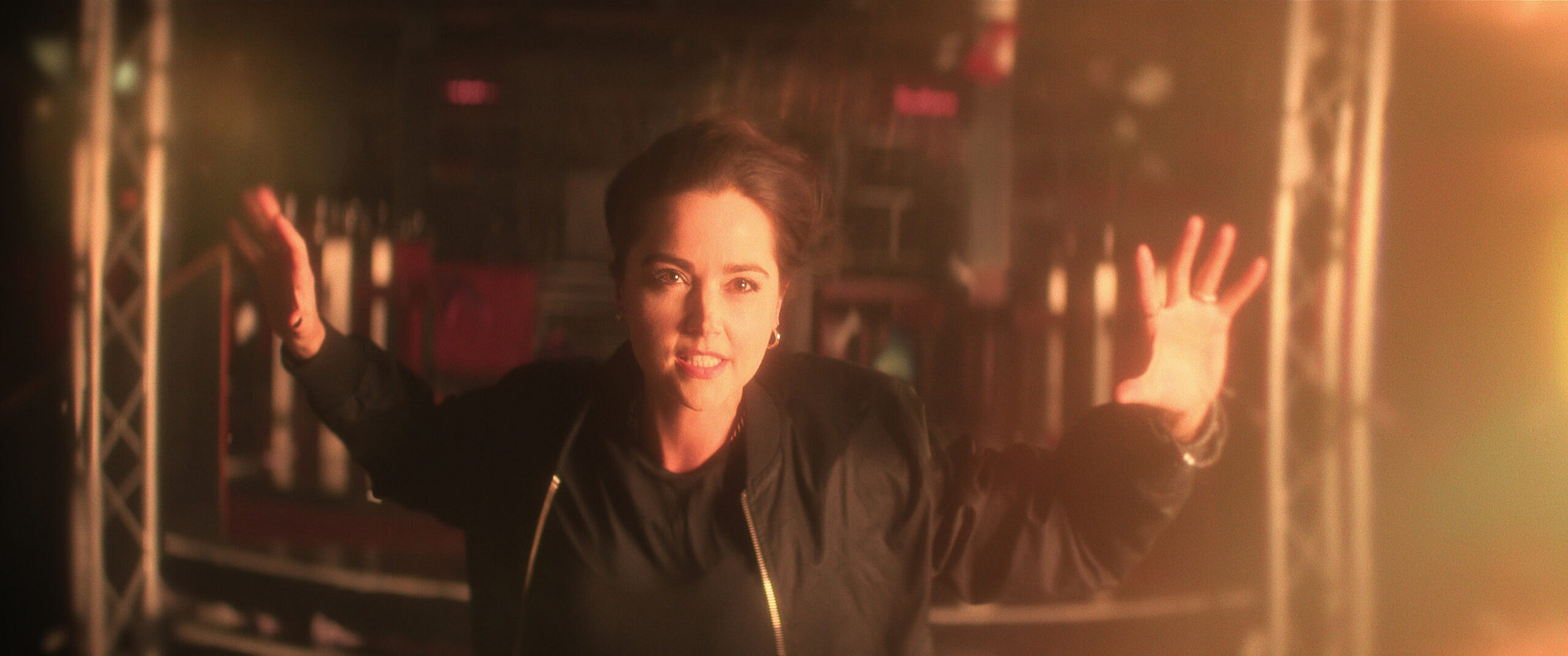
Last year, Netflix teamed up with the USC Annenberg School for Communication and Journalism to produce an annual report detailing the progress the streamer has made towards its own diversity and inclusion efforts.
In their latest release, the duo revealed that in the period between 2020 and 2021, roughly 60% of Netflix’s entire catalog – 64.6% of their films and 56.6% of their television series – “had girls/women as leads/co-leads.”
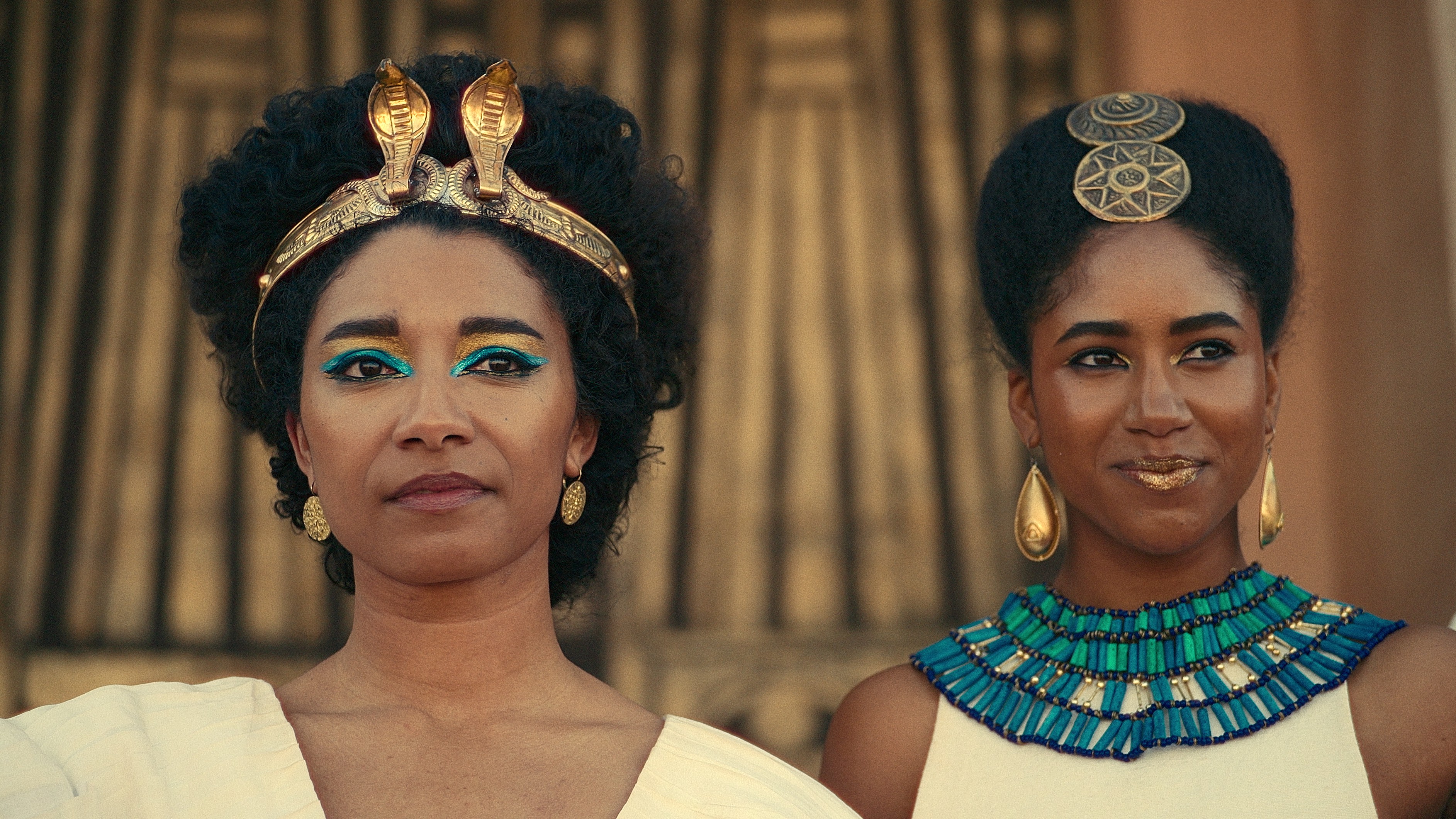
Netflix also took steps to make women a significant portion of their behind-the-scenes teams as well.
Per their study, “In 2021, 26.9% of directors on Netflix films were women, compared to the 12.7% number found across top-grossing films that same year. And 38% of show creators in 2021 were women, substantially higher than 26.9% in 2018. ”
Breaking things down even further, the study also found that in that same period, nearly a third of the streamer’s films (27.7%) and more than half of its series (54.75%) were led or co-led by women of color.
It also noted that the percentage of LGBTQIA+ leads and co-leads in small-screen projects clocked in at 35.8%, down from the previous year’s high of 45.6%.
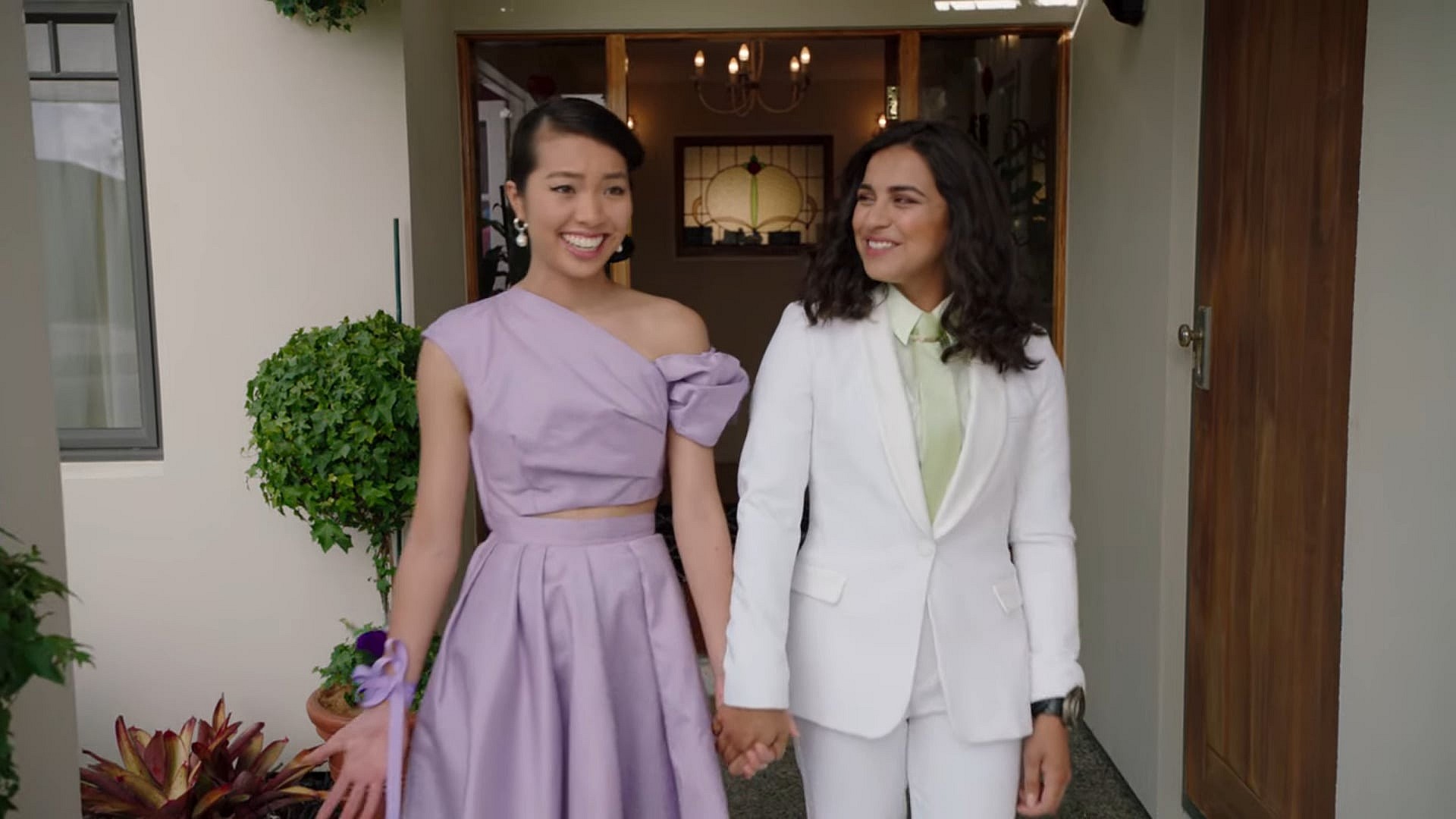
Offering her thoughts on the report to The Hollywood Reporter, USC Annenberg Inclusion Initative founder Dr. Stacy Smith asserted, ““[Netflix], in their storytelling across U.S. originals in film and series, is a female-driven company.”
“I’ve never said that before,” she continued. “You’ve got [Netflix head of film] Scott Stuber at 64 percent of films featuring a female lead or co-lead. And [Netflix chief content officer] Bela [Bajaria] has been at proportional representation the whole time that we’ve been doing this report. Who’s doing that around town?”
“Women behind the camera have long advocated for and directed stories with female leads and co-leads,” said Dr. Smith. “But that is not where we’re seeing major gains for onscreen representation from 2018 to 2021. Male-directed stories in film and scripted content have increasingly included women and girls in leading roles. Clearly, inclusion goals can be met when everyone — men and women — work towards change.”
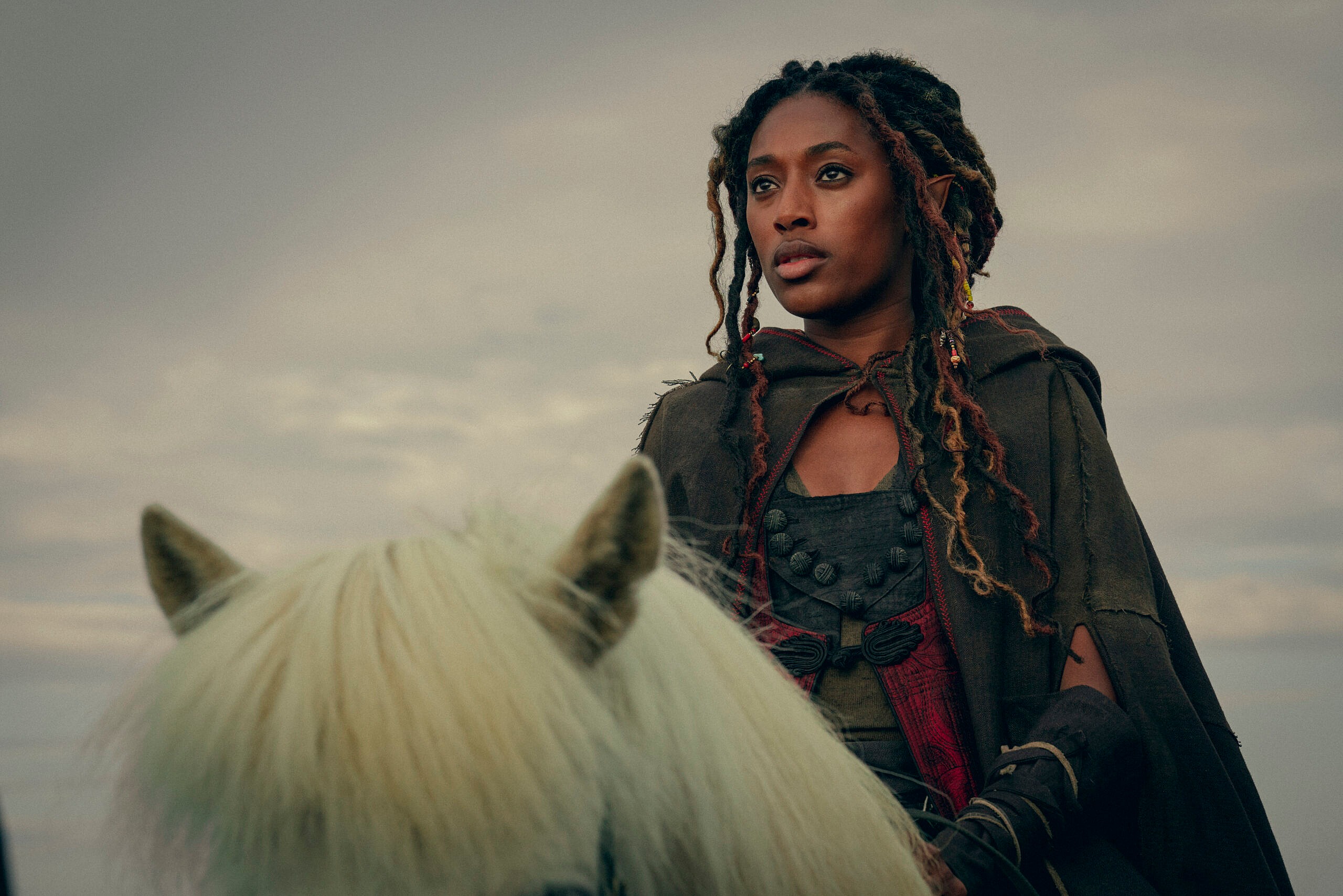
“I think what’s interesting for us — having come here and started this film division — is we had to lean into original,” the aforementioned Stuber then interjected.
“We don’t have IP, we don’t have those things,” he admitted. “So new stories and different aspects of how to tell them is really kind of our superpower.”

Now, let’s take a step back.
Over the weekend, TMZ reported that Marvel Studios were supposedly in negotiations with actress Mila Kunis for an upcoming role in the Fantastic Four movie due out in 2025.
While most people argued that Kunis would be a fine Sue Storm, it turned out that the actress was allegedly in the running to play a gender-swapped version of The Thing.
However, Kunis quickly debunked that she had any involvement in the film.

But despite this denial, a number of scoopers found her potential transformation into the team’s resident muscle credible enough to bring to the public.
So, I know what most of you are thinking: Why? Why would anyone at Marvel Studios think it would be a good idea to take one of their most iconic characters in their possession and then gender swap them with the 100-pound actress from Bad Moms?
Welcome to late stage #MeToo entertainment.
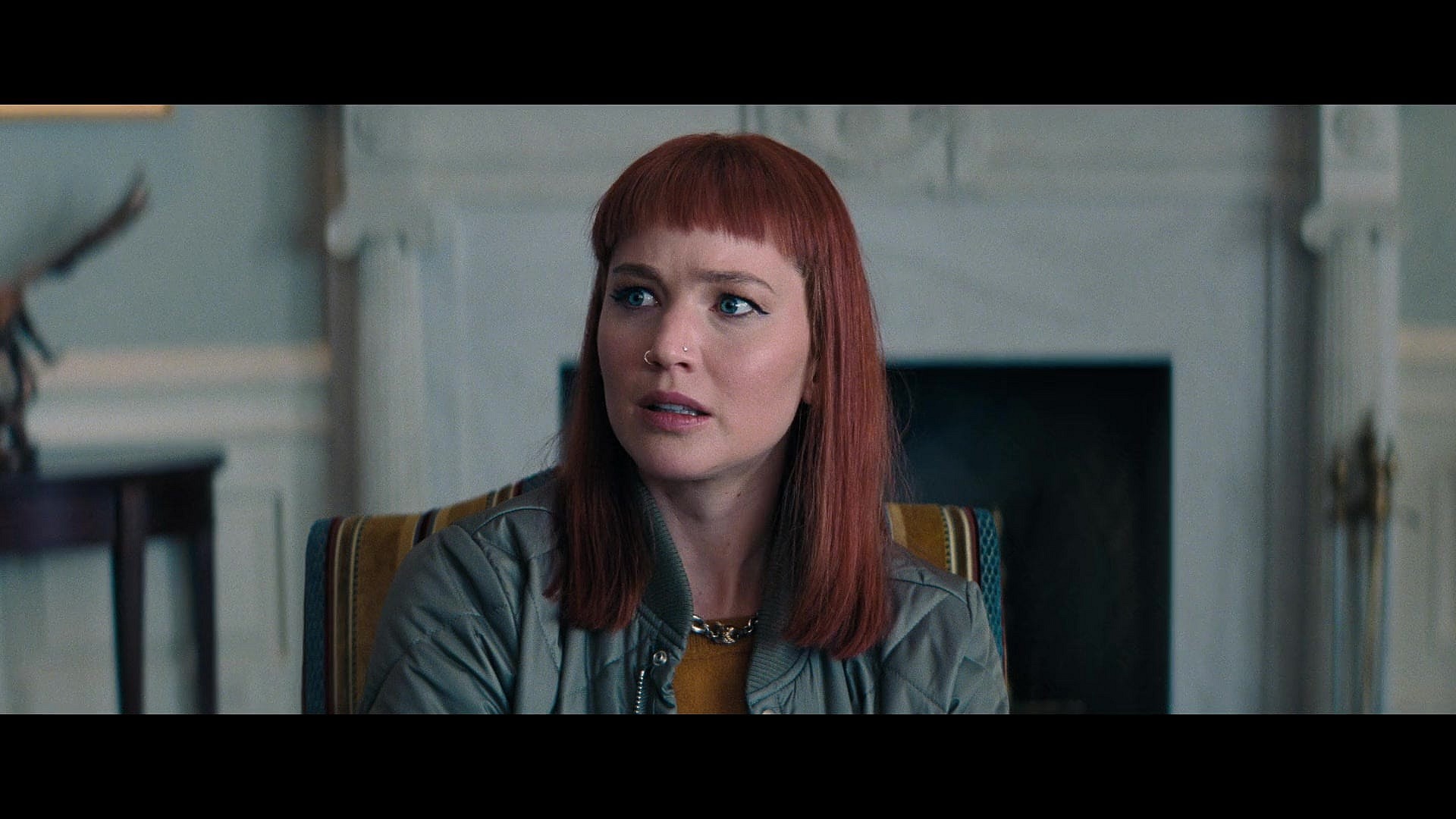
Several years ago, after the truth about mega-film producer Harvey Weinstein’s habit of promising actresses prominent roles in Hollywood films for sexual favors became public, the powers that be saw Weinstein’s demise as an opportunity to propel audiences into the age of the ‘divine feminine’ – an age of television and movies where women are in control and are put in the forefront of almost every piece of media that you could consume.
Now this change didn’t happen overnight. A few years ago, the entertainment industry was celebrating the beginning of the “Inclusion rider” provision in Hollywood projects, and now, one-by-one studios have begun to enforce their own internal diversity mandates, withholding approval for projects unless a certain number of non-white, LGBTQ, disabled, and female representatives both on- and behind the screen.

As a result, we have seen an explosion of content that celebrates its diversity far more than its quality.
Last year, I wrote a piece entitled ‘How “Female Empowerment” Has Destroyed The Art Of Storytelling’ – which, in case you missed it, received glowing praise from Charmed star and noted activist Alyssa Milano.
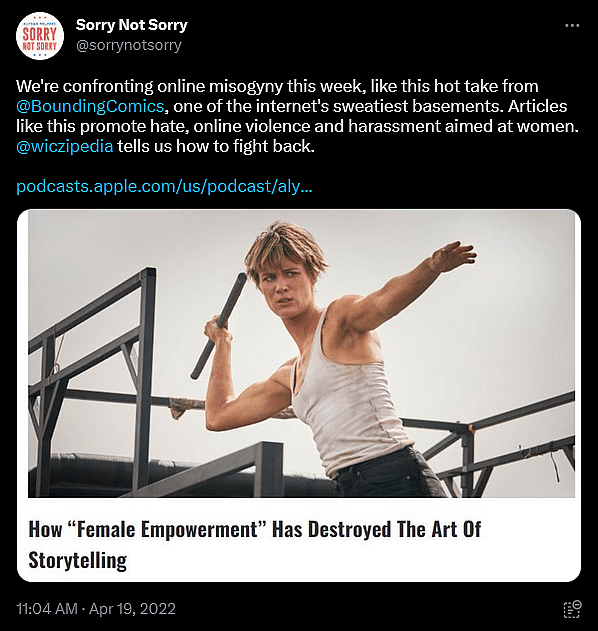
In that piece, I argued that modern storytelling has decayed as a result of Hollywood putting their progressive ideologies in the driver’s seat, most notably in how such leftist productions cannot allow a woman to be perceived as weak, even if it is at the expense of the story itself.
And I’m not alone in seeing this. Even Quentin Tarantino has called out the rampant ideological climate of modern Hollywood, telling Bill Maher in a 2021 interview, “There has become a thing that’s gone on, especially in this last year, where… ideology is more important than art.”
Maher would then interject, “Certainly to the awards”, to which Tarantino continued, “Yeah. It’s like ideology trumps art. Ideology trumps individual effort. Ideology trumps good. Ideology trumps entertaining.”
If Tarantino can see the problem, everyone else can.
However, something that even I didn’t account for was how these problems in film production would bleed into their marketing efforts.
Hollywood isn’t just mandating that projects be more ‘inclusive’, they’re now also banking on the fact that you will spend your hard-earned money to watch something purely out of support for some vague notion of superficial diversity.

The perfect example of this is the streaming giant Netflix.
Anyone who has watched Netflix over the last few years knows that their content is arguably the wokest of all the streaming services, even including Disney.
When you look at the numbers, even saying that half of all of Netflix’s content is female-led is understating the real situation.
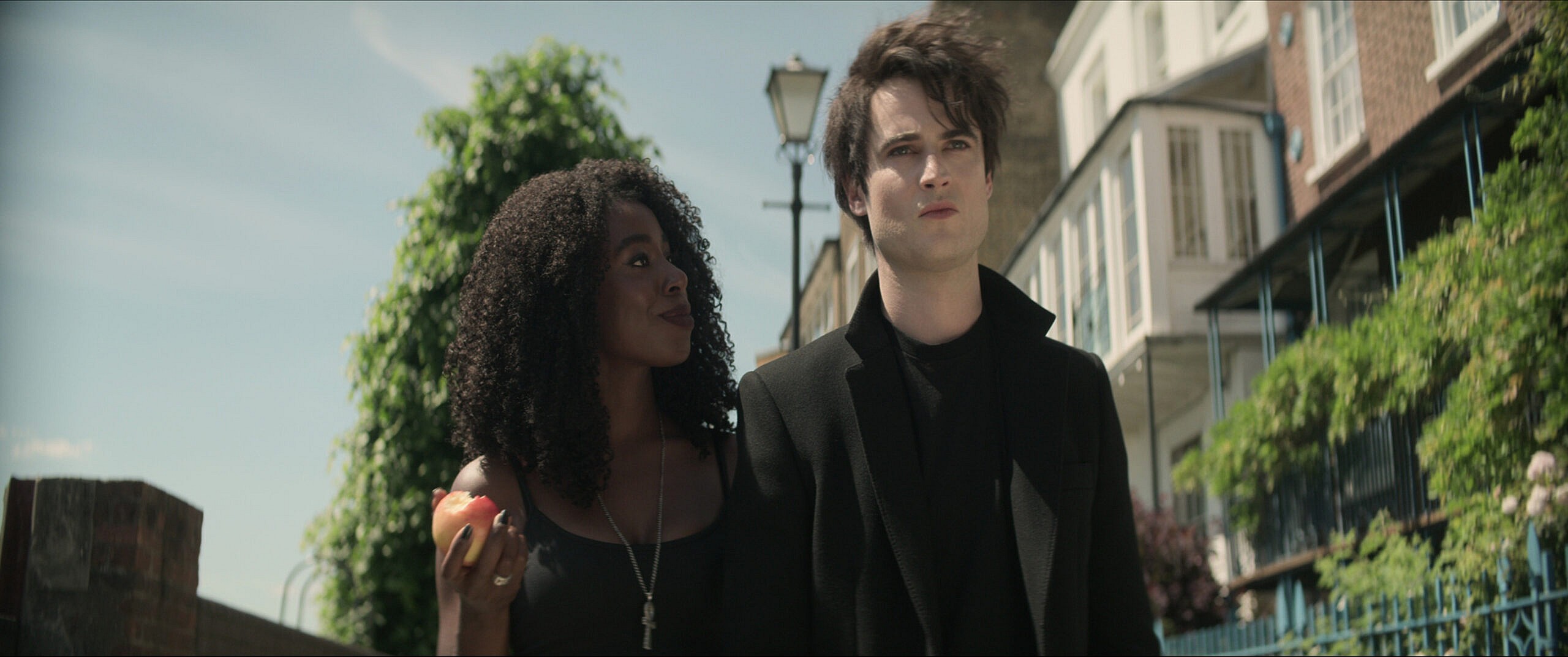
Hollywood has certainly changed. We went from a business model based on pleasing the consumer to a model based on appeasing the cult of progressivism.
Industry think tanks and studio executives believe if they put a woman on a poster of a movie, that in and of itself is an achievement and that they should be celebrated for it – because according to them, it was never done before until they did it.
Netflix has prominently featured women in over half of their content not because they believe that female-led content will bring them financial success, but because they are trying to fundamentally change the industry to align with their own ideology.
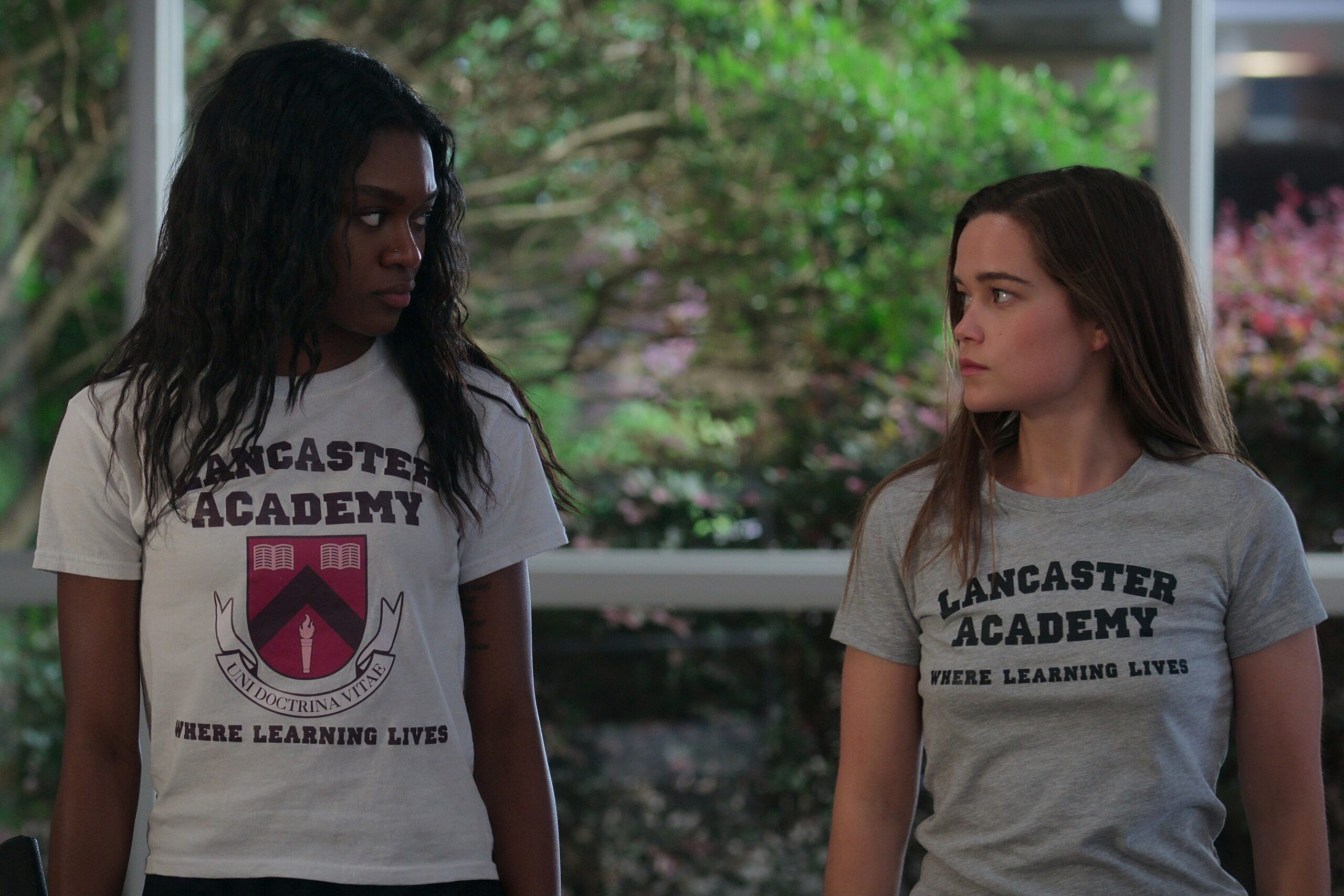
Their agenda is very clear, but according to the current narrative, if you oppose that agenda the problem is you.
When Disney banks the entire marketing of their upcoming live-action remake of The Little Mermaid around the fact that they have a black woman playing the role of Ariel, all in the hopes that enough people will be guilted by friends and family into proving their allyship to the agenda and spending their hard-earned money on a ticket, you’re not allowed to have any sort of problem with it. Otherwise you’re a racist – and possibly a sexist.
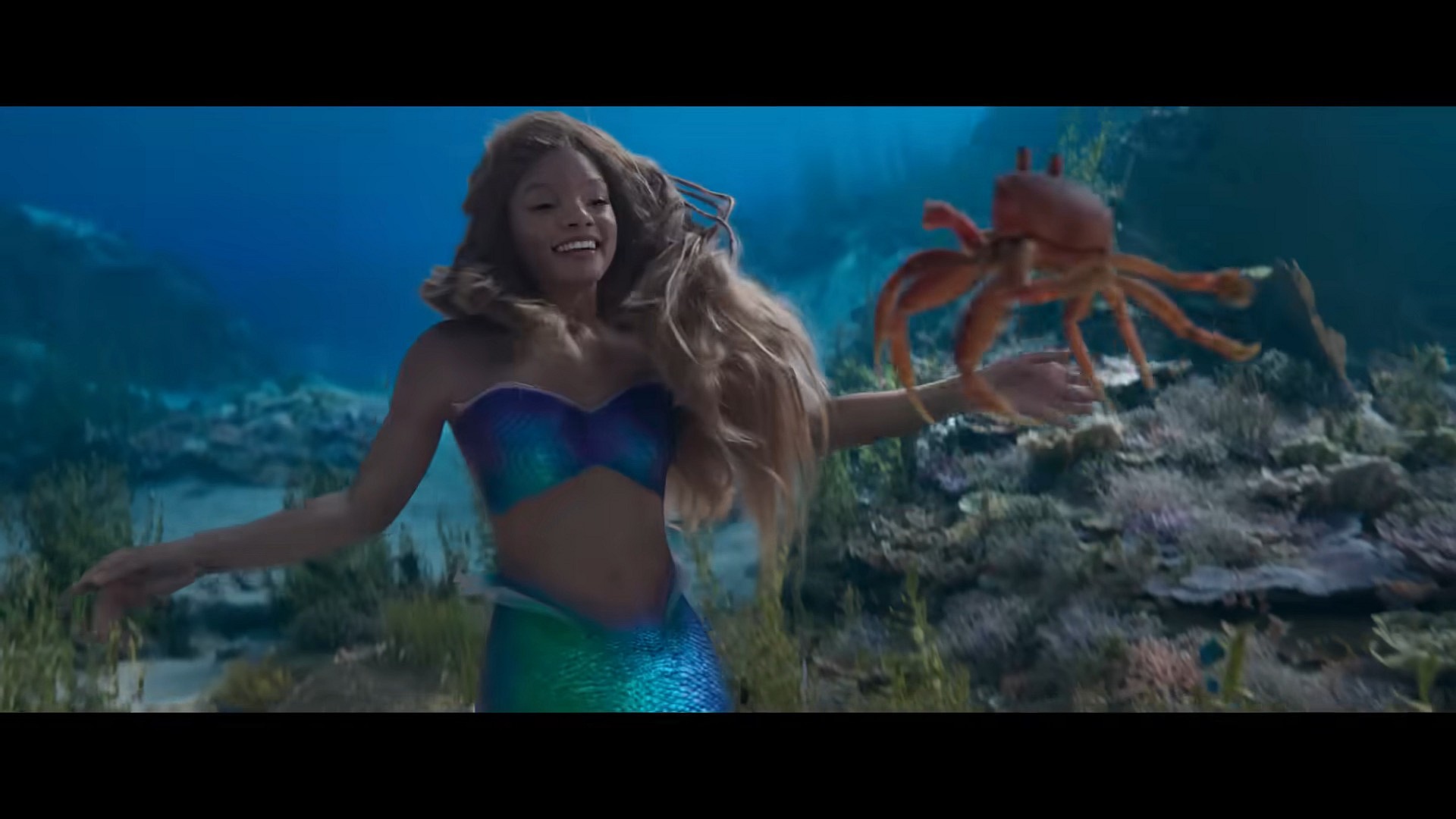
This is what Hollywood has become, and we have gone too far down the slope to pull the bus back in any other direction. If you are holding your breathe that the industry will learn it’s lesson and change course, then you don’t understand what it has become.
The 2020s is being set up as a decade of cinema where women stand tall. The question is will audiences stand with them? Or will they remain seated and wait for greener pastures to present themselves?
